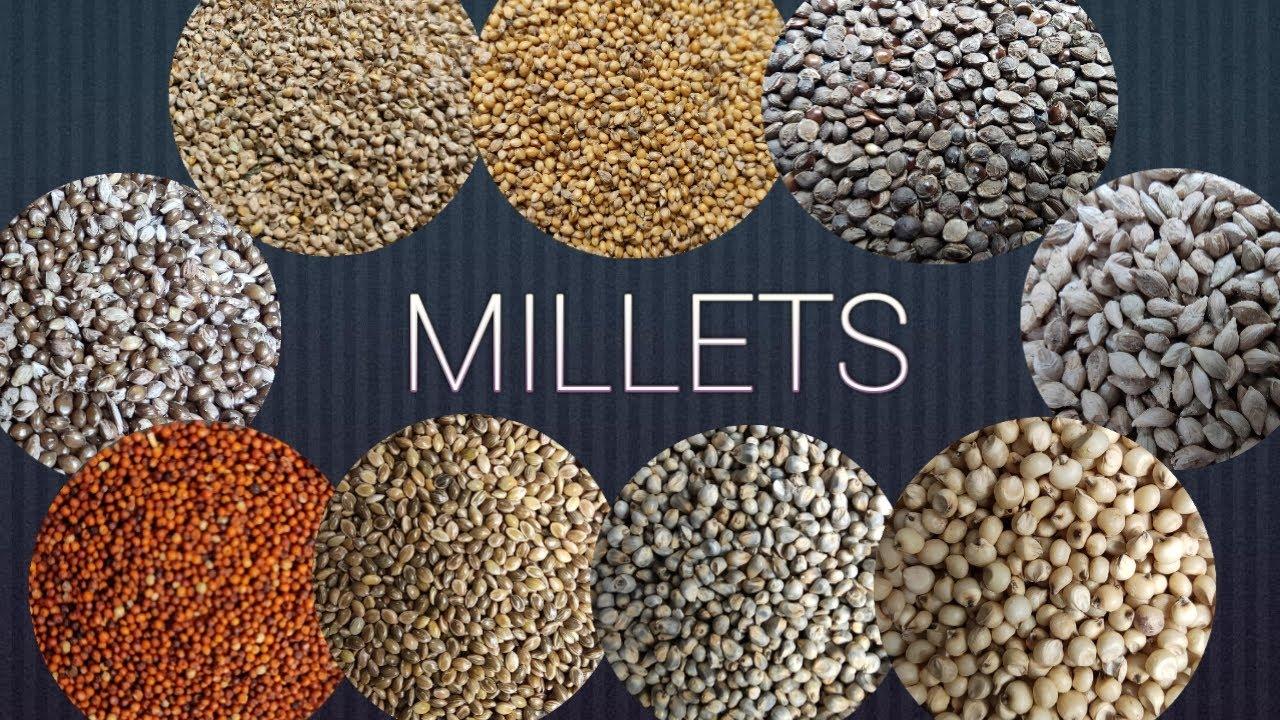Once staples across vast swathes of Asia and Africa, millets were overshadowed by the Green Revolution's focus on wheat and rice. However, in an era marked by increasing health consciousness, climate change concerns, and the need for sustainable food systems, these humble "nutri-cereals" are making a powerful comeback. The declaration of 2023 as the International Year of Millets (IYM 2023) by the United Nations, spearheaded by India, served as a global catalyst, significantly boosting awareness and demand for these ancient grains.
This blog post will provide a comprehensive, global market-oriented analysis of the Millets Market, exploring its impressive growth, diverse applications, and the pivotal trends shaping its future. We'll delve into the nutritional and environmental advantages that are propelling millets back into the global spotlight.
Market Segmentation
By Product
- Organic
- Regular
By Application
- Infant Food
- Bakery Product
- Breakfast Foods
- Beverages
- Fodder
By Distribution Channel
- Supermarket and Hypermarkets
- Grocery Stores
- Online Stores
Market Size and Growth: Cultivating the Future of Food
The millets market was valued at US$ 9,407.8 million in 2018 and is expected to grow at a CAGR of 4.6% from 2019 to 2027 to reach US$ 14,026.3 million by 2027.
Key Market Trends: From Farm to Fork Innovation
- Health & Wellness Megatrend: The primary driver is increasing consumer awareness of millets' health benefits, including their gluten-free nature, high fiber content, low glycemic index (beneficial for diabetics), and rich nutrient profile. This aligns with broader trends of preventive healthcare and a shift towards natural, wholesome foods.
- Product Diversification and Value Addition: Manufacturers are innovating beyond traditional whole grains and flours. The market is seeing an influx of ready-to-eat millet-based snacks, breakfast cereals, noodles, pasta, biscuits, bakery products, and even millet-based dairy alternatives and beverages. This makes millets more convenient and appealing to diverse consumer segments.
- Sustainable Agriculture and Climate Resilience: As climate change intensifies, the ability of millets to grow in diverse and harsh conditions with minimal water and inputs is gaining global attention. This focus on sustainable cultivation practices is attracting investments and policy support, ensuring a stable supply chain and long-term market growth.
- Government Promotion and Policy Support: The International Year of Millets 2023, coupled with national initiatives in countries like India, is significantly boosting public awareness, farmer incentives, and research & development, creating a favorable ecosystem for market expansion.
- Rise of Plant-Based Diets: The global shift towards plant-based and vegetarian/vegan diets is driving demand for alternative protein and carbohydrate sources. Millets, with their nutritional density and versatility, fit perfectly into this dietary trend, positioning them as a viable substitute for traditional grains.
Market Growth Relatable FAQs:
- Q: As a health-conscious consumer, how does the "gluten-free" attribute of millets specifically contribute to their market growth?
- A: The increasing prevalence of gluten sensitivity and celiac disease, coupled with a broader consumer trend towards "gluten-free" diets for perceived health benefits, has created a massive market for gluten-free alternatives. Millets naturally fit this demand, offering a nutritious and versatile option for individuals avoiding gluten, thus directly expanding their market reach beyond traditional consumers.
- Q: Our country faces water scarcity issues. How does the "climate resilience and sustainable agriculture" aspect of millets contribute to their global market growth?
- A: Millets are renowned for their drought resistance and ability to thrive in arid conditions with minimal water and inputs. As climate change exacerbates water scarcity and unpredictable weather patterns globally, governments and farmers are increasingly turning to climate-resilient crops. This makes millets a strategic choice for food security and sustainable agriculture, driving their cultivation and market adoption as a crucial solution to environmental challenges.
- Q: We are a food processing company. How does "product diversification and value addition" impact the Millets Market's expansion?
- A: Moving beyond raw grains, product diversification into ready-to-eat snacks, breakfast cereals, flours, bakery items, and even beverages makes millets more accessible and appealing to modern, convenience-seeking consumers. Value-added products increase consumption frequency and expand market segments, transforming millets from a traditional grain into a versatile ingredient for a wide range of popular food items, thus significantly boosting market size.
- Q: Why was "International Year of Millets 2023" so crucial for the market's growth, and what was India's role?
- A: The International Year of Millets (IYM 2023), proposed by India and adopted by the UN, was pivotal for global awareness. It provided a dedicated platform to highlight millets' nutritional, health, and environmental benefits worldwide. This global recognition led to increased R&D, government policy support, market promotion, and consumer education, shifting perception and stimulating demand on an unprecedented scale, making India a key driver of this global movement.
- Q: In what ways do "government initiatives and policy support" specifically drive the Millets Market's growth, especially in major producing countries?
- A: Government initiatives, such as declaring millets as "Nutri-Cereals," including them in public distribution systems, offering subsidies to farmers, and promoting research and value addition, create a supportive ecosystem. These policies incentivize farmers to cultivate millets, streamline processing and supply chains, and increase consumer access and awareness through promotional campaigns, thereby directly boosting both production and consumption, leading to overall market growth.
Conclusion: The Golden Grains' Global Moment
The Global Millets Market is experiencing a well-deserved renaissance. Driven by a powerful convergence of health awareness, environmental necessity, and strategic policy support, these ancient grains are poised to become a cornerstone of future food systems. As innovation continues to unlock new culinary possibilities and global appreciation for their multifaceted benefits grows, millets are not just a market trend; they are a vital component of a healthier, more sustainable, and food-secure world.

